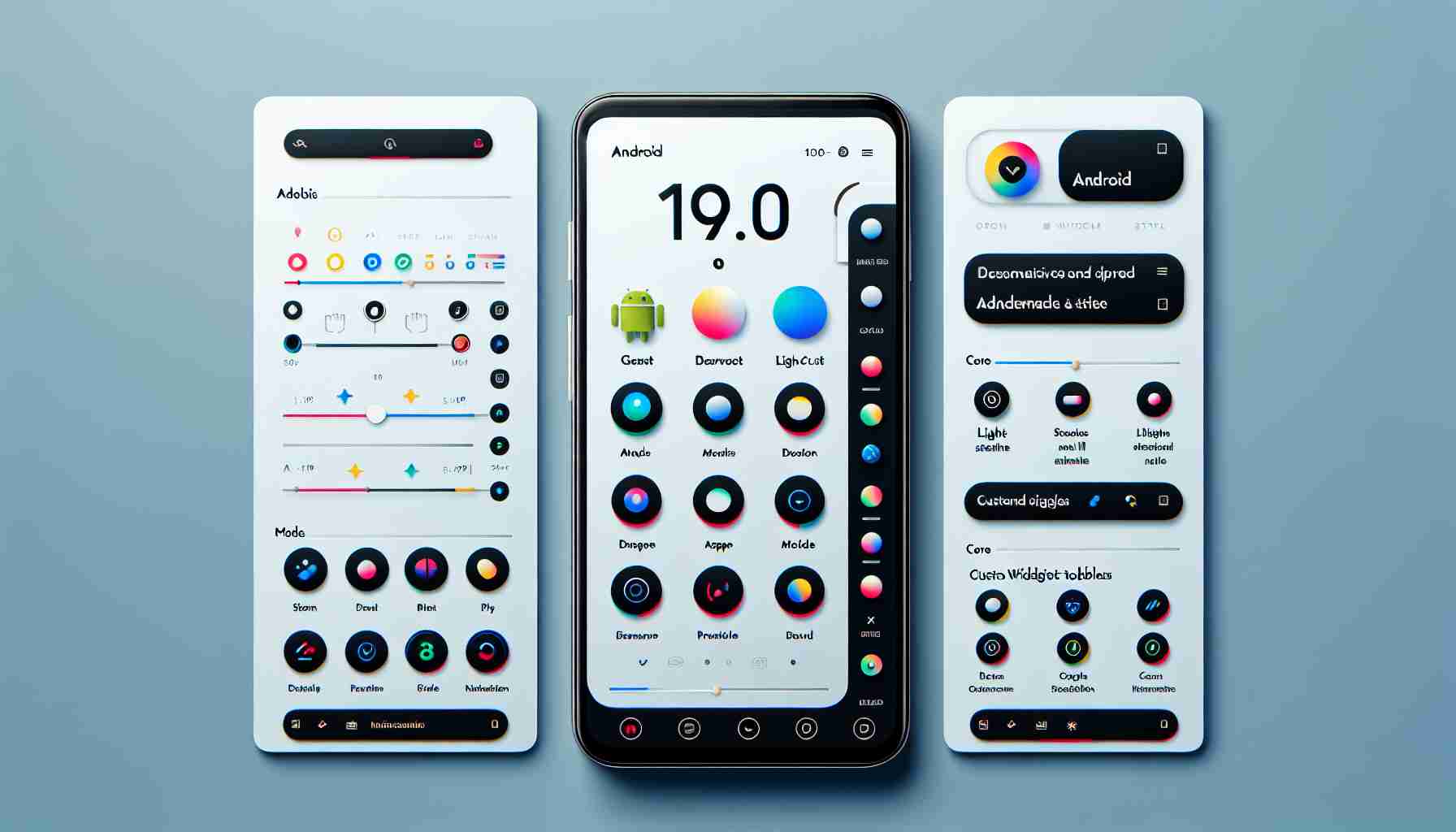Personalization at Its Peak with HyperOS for Xiaomi Devices
Xiaomi’s latest Android interface, HyperOS, has caught the attention of many with its impeccable customization features. Although it bears a strong visual resemblance to the elegance of iOS 17, HyperOS promises Xiaomi users a higher degree of personalization for wallpapers, themes, and icons. Whether you have a Xiaomi, Redmi, or Poco smartphone, HyperOS offers a refreshing twist to your device’s home screen aesthetics.
For users eager to dive into the depths of customization, HyperOS simplifies the process with easy-to-navigate menus. You can readily change home screen settings, install richly animated Super Wallpapers, and tweak themes from a centralized submenu within the settings.
Super Wallpapers bring your Xiaomi’s screen to life, portraying mesmerizing scenes from nature and the cosmos. However, to avoid excessive battery drain, these lively animations demand a smartphone with a capable processor.
While themes in HyperOS can be customized significantly, it is worth noting that the latest Android 13 dynamic themes are not yet integrated. Nonetheless, the Xiaomi community’s active participation ensures a continual influx of new, creative themes, though some may require a purchase.
Switching between home screen layouts is seamless in HyperOS. Users can opt for the conventional classic screen, access a more intuitive app drawer layout, or select the lite mode which caters to easier accessibility with its larger icons.
One of the major revamps comes with the new Control Center in HyperOS. Xiaomi removes the option to use the old style and instead adopts a split approach; a swipe down from the top left corner reveals notifications while the top right corner houses the Control Center.
Adding widgets and adjusting folder sizes is yet another layer of customization HyperOS brings. It offers “XXL” folders and multiple widget options, although individual icon resizing is still on the wish list.
In terms of lock screen and Always On Display changes, Xiaomi draws inspiration from Apple, implementing new clock styles and adding a depth effect to lock screen wallpapers, further enriching the user experience.
Significant Questions and Answers:
– What is HyperOS?
HyperOS is Xiaomi’s latest Android skin that provides users with a higher level of personalization, drawing aesthetic inspiration from iOS.
– Which devices are compatible with HyperOS?
HyperOS is available for Xiaomi, Redmi, and Poco smartphones. Compatibility with specific models may vary.
– Does HyperOS support Android 13 dynamic themes?
As of now, HyperOS does not integrate Android 13 dynamic themes, though this may change with future updates.
Key Challenges and Controversies:
– Performance Concerns:
Super Wallpapers and other heavy customizations could impact the performance of devices with less powerful hardware, leading to battery drain and possible lag.
– Copycat Accusations:
Adopting an iOS-like aesthetic may attract criticism from users who feel that Xiaomi lacks originality in its design approach.
Advantages:
– Enhanced Customization:
The numerous personalization options, including themes, Super Wallpapers, and the new Control Center, present users with extensive control over their device’s interface.
– Unified Experience Across Devices:
Whether owning a Xiaomi, Redmi, or Poco device, users can enjoy a consistent HyperOS experience.
Disadvantages:
– Lack of Android’s Latest Features:
The current iteration of HyperOS does not fully harness the latest Android features such as dynamic themes from Android 13.
– Potential Battery Impact:
The advanced animations and aesthetics might lead to increased battery consumption on some devices.
For more information about Xiaomi, their products, and services, you can visit the Xiaomi official website. Please be aware that the link provided can lead you to a page beyond my knowledge cutoff date, and thus I wouldn’t be able to confirm the relevance or accuracy of the content thereafter.
The source of the article is from the blog revistatenerife.com
